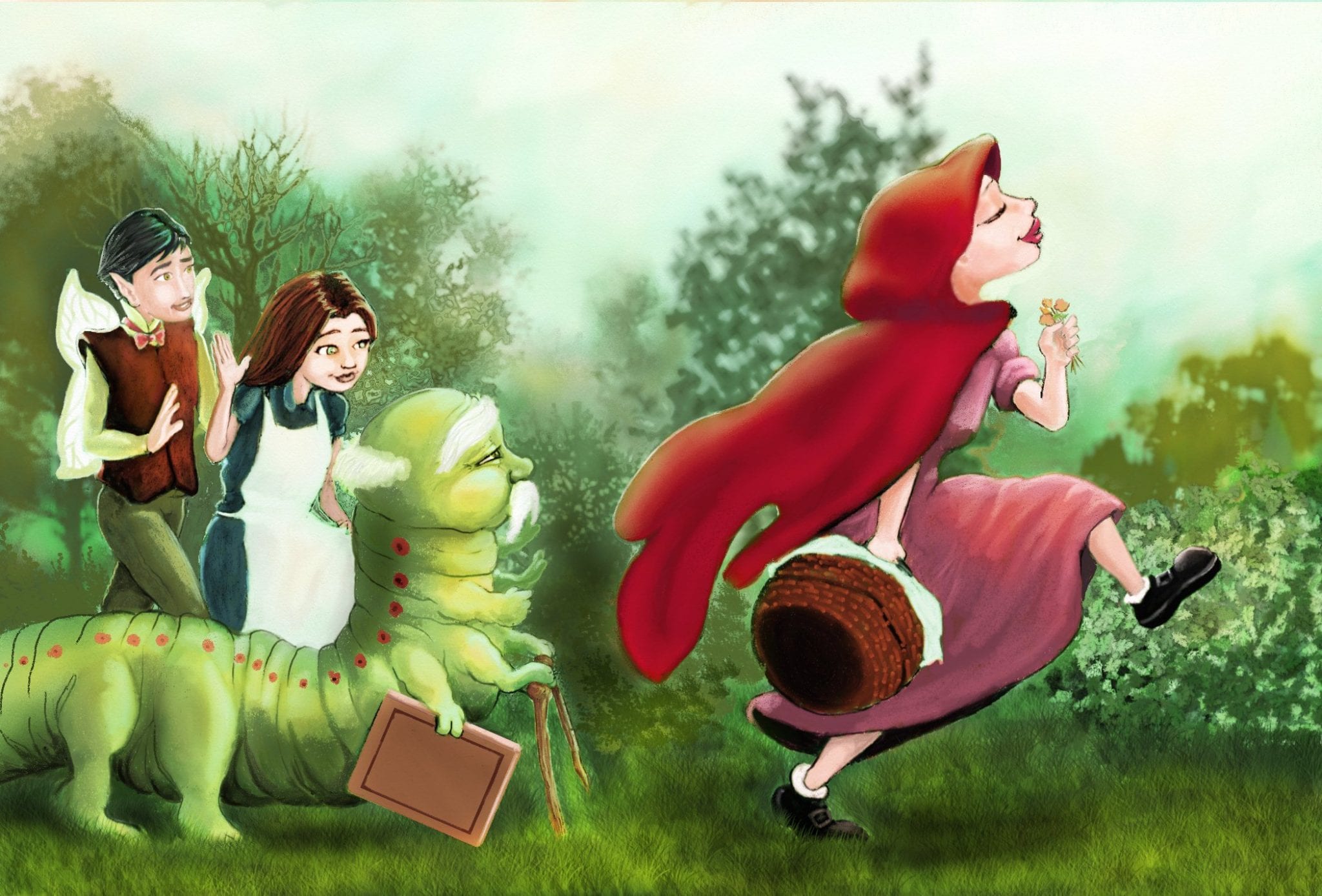
Researching Fairy Tales Trisha Sugarek, Writer at PlayTrisha Sugarek, Writer at Play
Traditional Tales Character Cut-Outs. Fairy Tale Roll a Story Mat. Introduction to Traditional Tales PowerPoint. Fairy Tale Characters Posters. Traditional Tales Stick Puppets Pack. Character Description Examples - Writing Frames. Make a Story Storytelling Prompt Frame. Character Description Template Activity Set.

Ms.Blogger Folk/Fairy Tale
The fantastical characters found in a fairy tale include elves, fairies, witches, and dragons. Fairy tales are traditional stories told and retold through generations that are usually spun from folklore. Many were finally written down and have had lasting fame. Cinderella Cinderella grew up with an evil stepmother and stepsisters.
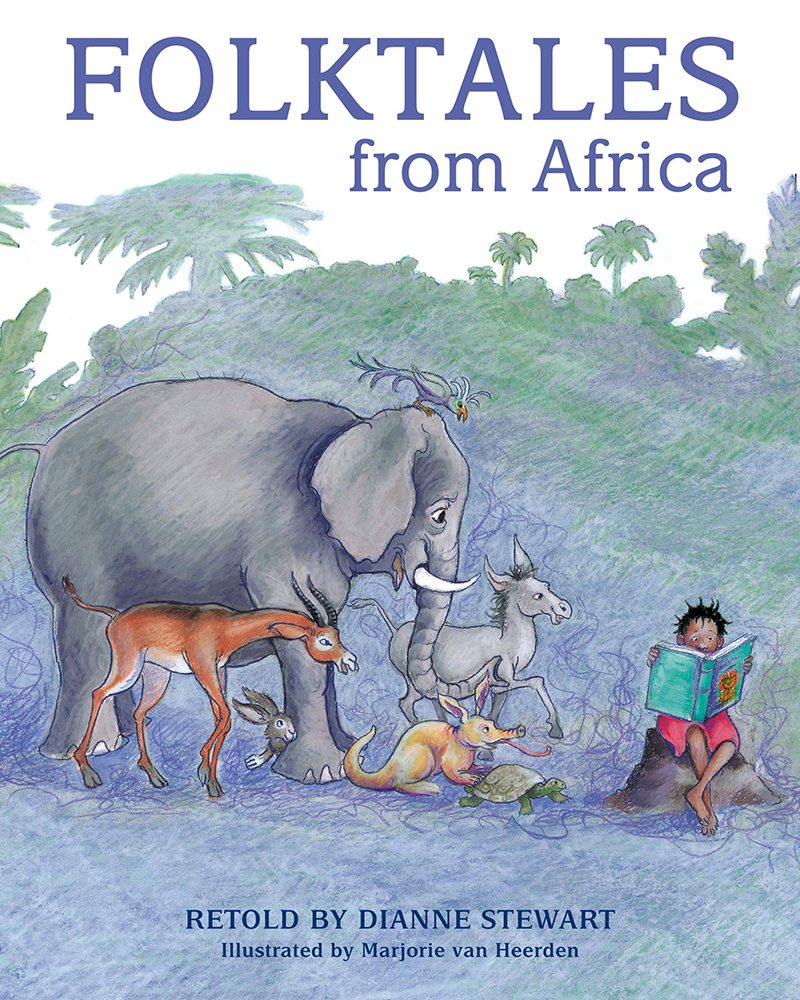
Folktales from Africa, by Dianne Stewart im Namibiana Buchdepot
Download All. Download all the resources in our Fairytale Resources Section in one file. Traditional Tales Display Banner (SB2052) A colourful banner for your 'Traditional tales' display. Preview & Download. FREE printable teaching resources for popular fairytales and traditional stories.
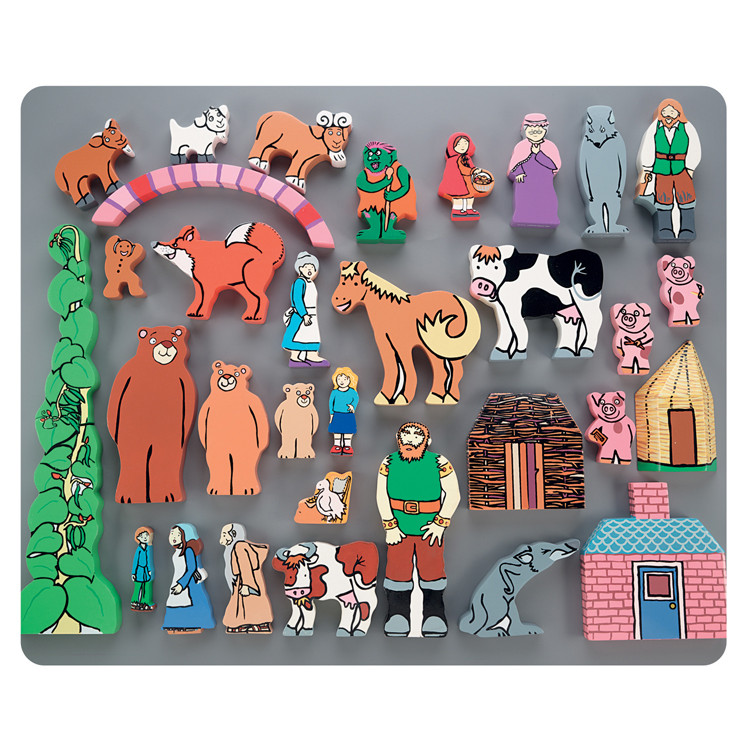
Traditional Tales Wooden Characters from six popular stories
Huge Range of Books. Low Prices. Free Shipping on Qualified Order. Buy Now!

Traditional Tales Wooden Characters Set pk 33 Springboard Supplies
Traditional tales like Cinderella, Little Red Riding Hood and Goldilocks play an important part in early literacy. We explain how these well-known stories are used to help develop reading comprehension and early writing skills, and explain how you can help your child's learning with fairy tales at home. What is a traditional tale?

Tinkle Collection Indian Folk Tales 2 Parishi's Vision
Snow White characters (2 C, 4 P, 1 F) Pages in category "Characters in fairy tales" The following 7 pages are in this category, out of 7 total. This list may not reflect recent changes . B The Bear (fairy tale) C The Crow (fairy tale) F The Flea (fairy tale) P Puss in Boots R The Red Ettin S Silver Hoof U The Ugly Duckling

What exactly is a folktale? A folktale is a story or legend handed down over a long period of
Characters. TRADITIONAL TALES EVALUATION CRITERIA. · This is typically archetypes of good or evil, described with a few basic attributes and symbolic of our most essential human traits, both good and bad, such as innocence or integrity, greediness or selfishness. · Folktales are full of these that are stereotyped by nature.

Folktales, fables, tall tales, myths, and ledgends Quiz Quizizz
Use this fantastic Traditional Tale Character Traits Matching Cards Activity to support children understanding some of their key characteristics of certain characters from traditional tales. Perfect to use as a whole class activity, in small groups or perhaps laminated and used as a writing aid. Twinkl Key Stage 1 - Year 1, Year 2 English.

Traditional Tales Wooden Characters Special Offer Literacy from Early Years Resources UK
These character trait posters are a great way to help your class develop their creative writing skills. Each poster features the main characters from a traditional tale and a list of words to describe them. You can choose a different story to focus on for each lesson and use these posters to support your teaching. Alternatively, you could let your students choose which one of the classic tales.

Traditional Tales User Friendly Resources NZ
This list is comprised of characters from folklore, fairy tales and nursery rhymes. This list emphasizes oral tradition, as opposed to famous characters from books. There is potential overlap with the various lists of mythological characters, since the difference between folklore and mythology is somewhat subtle.
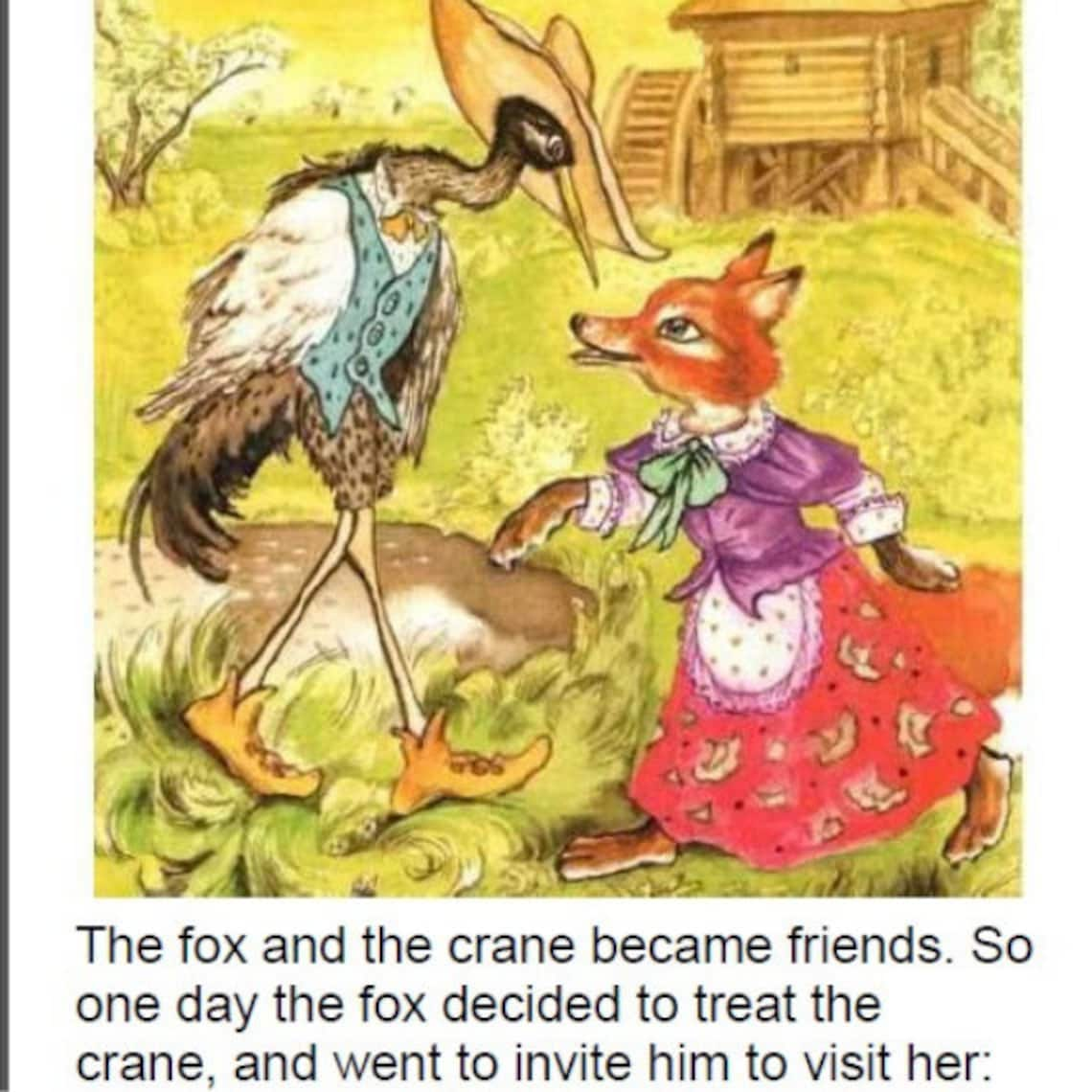
FolK Tales Fairy tale Story for kids bedtime story tale Etsy
This series of lessons encourages children to explore the features of traditional tales. Can your children work out which tales these rules are from? Write an alternative ending for a traditional tale. Write some social media posts from a traditional tale character. In pairs, role play interviewing a traditional tale character.
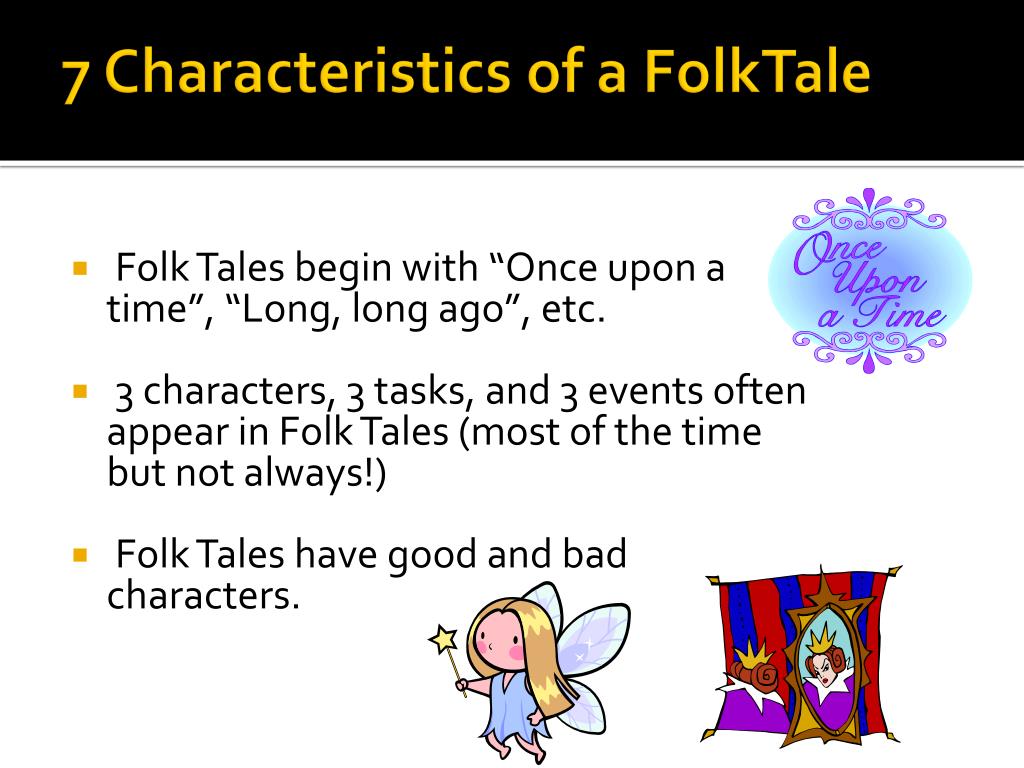
PPT 7 Characteristics of a FolkTale PowerPoint Presentation, free download ID2583804
At KS2, children are taught that most traditional folk tales include: repeated phrases, such as 'What big eyes you have!'; a non-specific, countryside setting; talking animal characters; names that tell you about the character's personality, such as 'Big Bad Wolf'; a lesson learned;

Story Time Traditional tales, Traditional stories, Fairy tales
These brilliant traditional tales characters themed images are designed for you to cut out and use in activities, role-play, display and more. Engage children with this exciting topic, encouraging them to reenact stories, characters and traditional tales you might have read or studied in class.
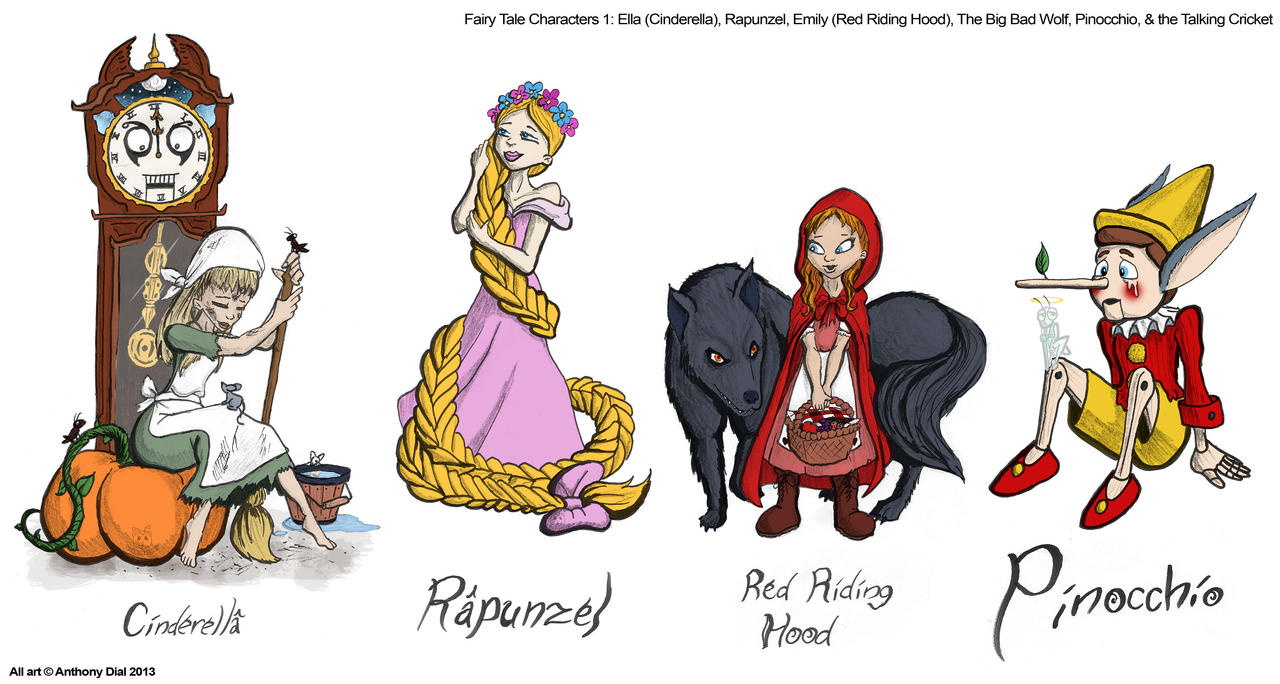
Fairy Tale Characters 1 by Gummibearboy on DeviantArt
Traditional Tales - Character examples Deep inside the darkest cave lived a hideous creature known as Dink. Covered from head to toe in grotesque white pimples and crusty mud-soaked skin, you can smell Dink before you can EVEN see him. On the very top of his head lives a family of lice that play all day in his bright green, unwashed hair.
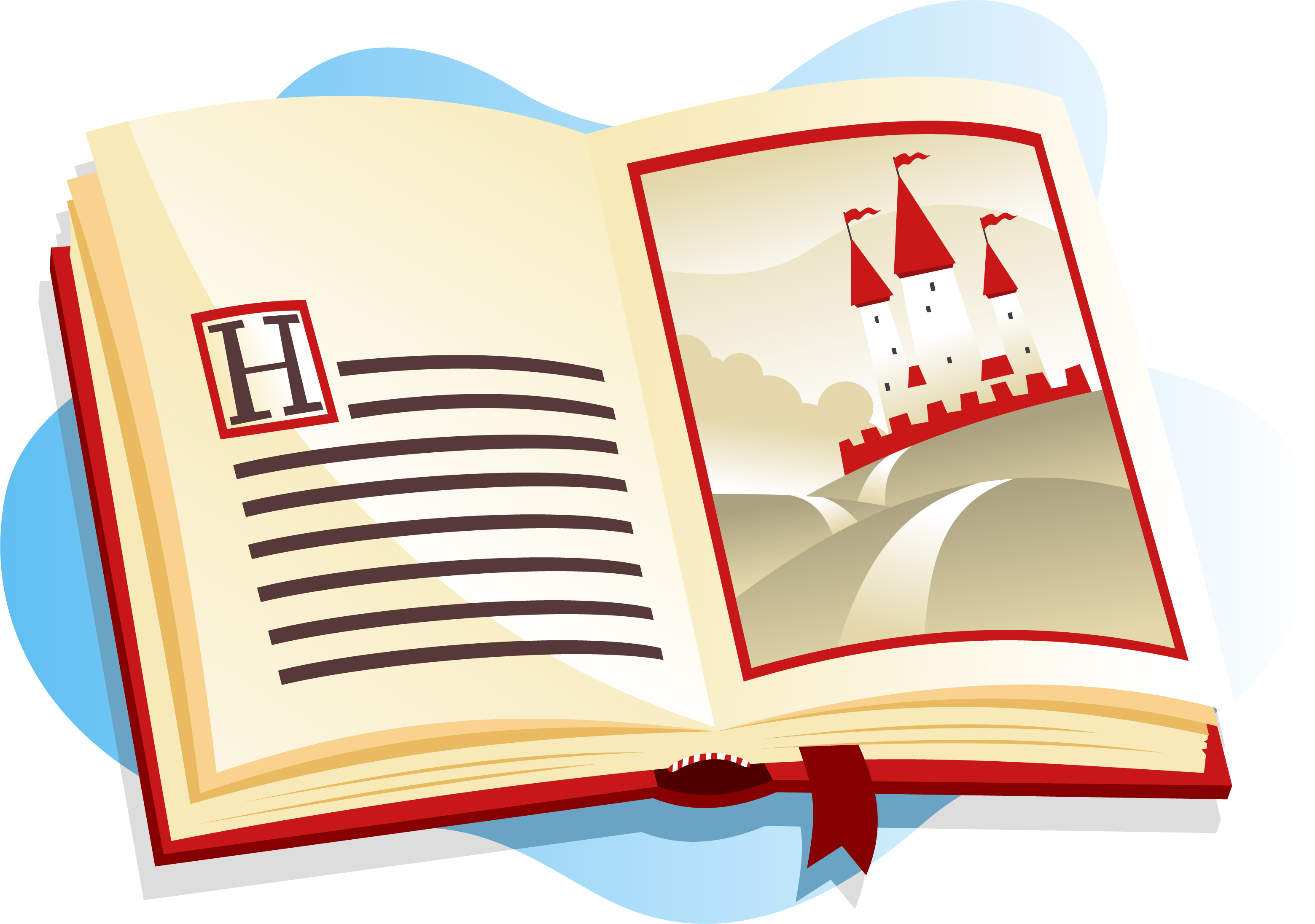
What is a traditional tale? TheSchoolRun
Traditional tales often find their origins in the tradition of folk tales and oral storytelling. Unlike other types of traditional stories, like fables and parables, a traditional tale is not told primarily to pass on a moral message. Traditional tales are intended to entertain, although there are often life lessons to be learned from them too.
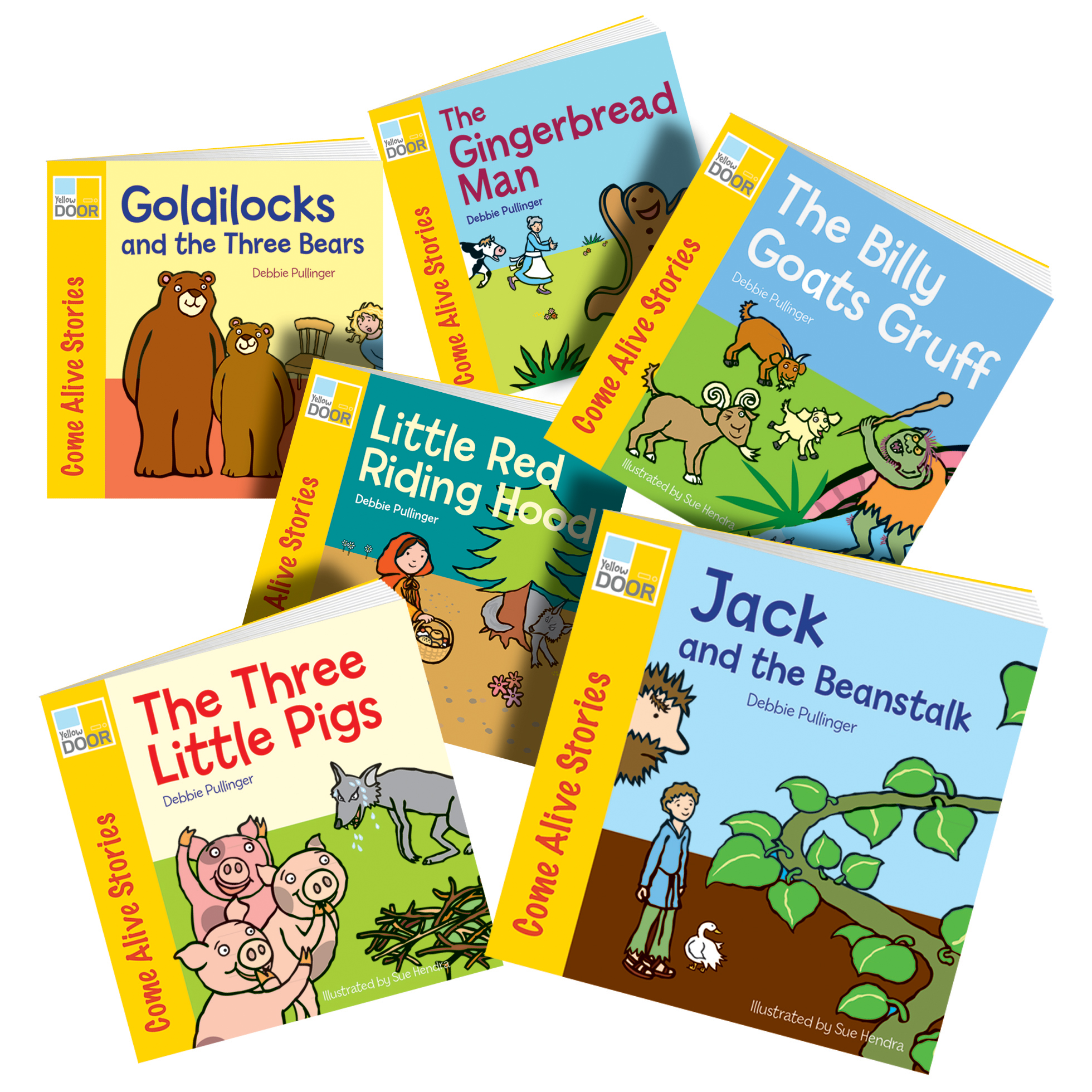
Traditional Tales Books six popular illustrated stories
These brilliant traditional tales characters are designed for you to cut out and use in activities, role-play, display and more.Engage children with this exciting topic, encouraging them to reenact stories, characters and traditional tales you might have read or studied in class. You can even use these brilliant cut-outs as the basis for some fantastic creative writing, using them as.